Editorial: What Does Finish and Swedish Membership Mean For NATO?
On the morning of Wednesday, 18 May, Finland and Sweden both submitted membership applications to NATO, ending decades (or for Sweden, centuries) of a policy of formal neutrality. This does not mean that the two countries will definitely be admitted to the alliance but despite vocal Turkish opposition to the membership bids due the Nordic countries’ support for Kurdish organizations deemed hostile to Turkey, it is most likely that both countries will be admitted to NATO in the near term.
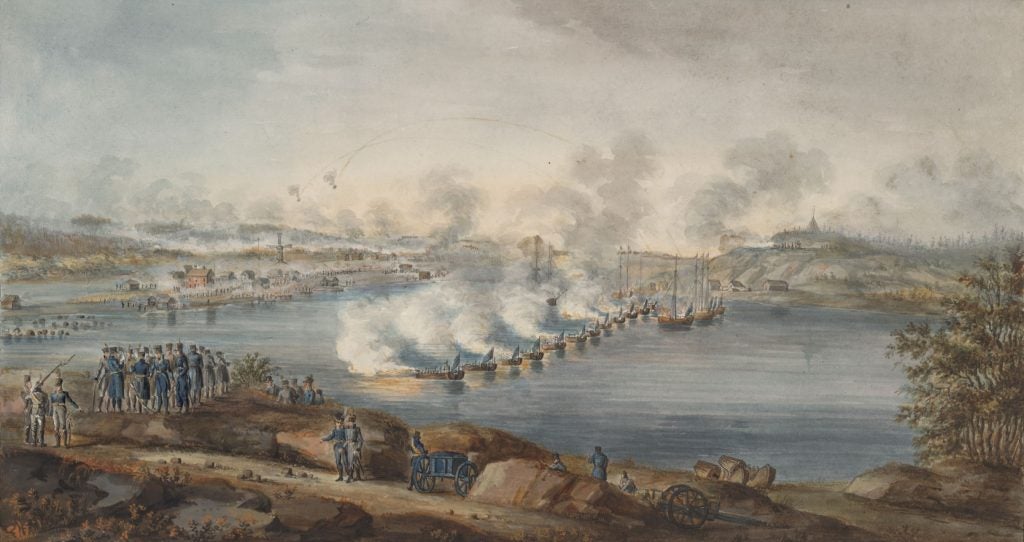
In recent years, despite official neutrality, both Sweden and Finland had aligned themselves economically and politically with Europe. Both are members of the EU and their national military strategies are designed to deter and defeat Russia specifically. Sweden’s powerful arms industry has close ties to many NATO states like Germany and the UK. Both Nordic armies are designated “Enhanced Opportunity Partners” by NATO and therefore use doctrine and equipment which make their forces interoperable with NATO forces. As a matter of fact, both states have for years been participants in NATO’s “Partnership for Peace” program which aims to strengthen bilateral defense ties between NATO and third parties. They have also contributed troops and funding to a number of NATO-led initiatives such as ISAF in Afghanistan or NATO-led peacekeeping operations in Kosovo.
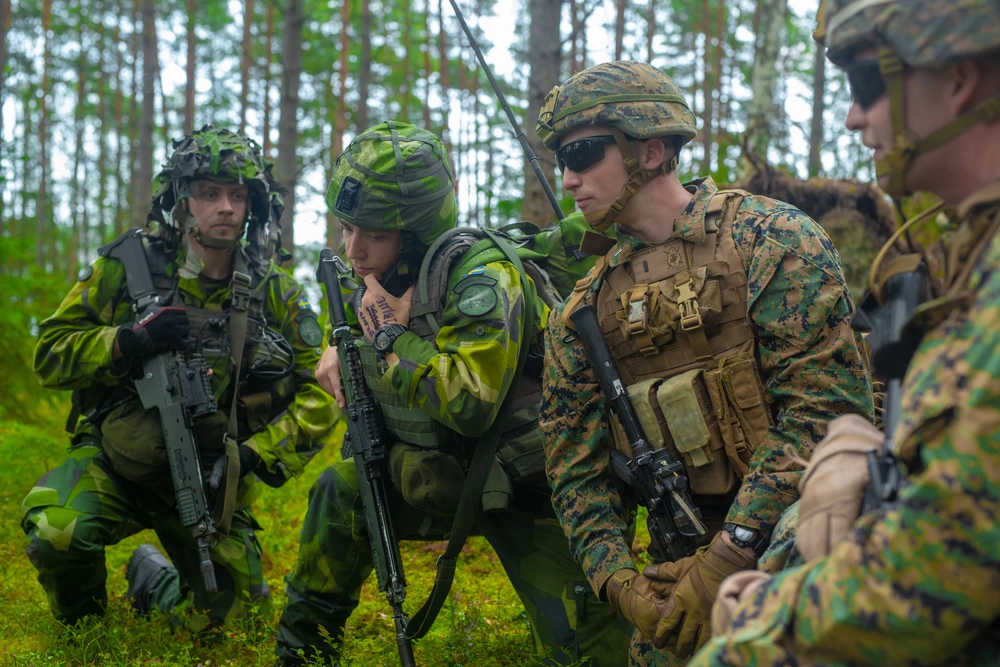
Nevertheless, despite the already-deep ties between NATO, Finland and Sweden, full membership of the two countries will still have an enormous impact on the security situation of NATO, Russia and the two new members. Through Article 5, Sweden and Finland gain a defense guarantee from the US, Canada and Europe. The countries will have better access to the Western arms industry and defense technology and will benefit from joint planning and joint decision-making in the security sphere. However, the addition of Sweden and Finland to the alliance will also do a lot to improve the security of current NATO members.
One thing which is worthy of consideration is the Swedish arms industry. Throughout the Cold War, Sweden managed to keep a large and modern arsenal of largely domestic-made weapons and today, Swedish companies are still leaders in the global defense industry. Notable examples include Saab, which manufactures the JAS 39 Gripen fighter and BAE Systems AB, a subsidiary of the British-based BAE systems. Many Swedish defense companies and military systems are already well integrated into NATO’s defense industrial complex but Sweden joining NATO is certain to take that cooperation to the next level. This likely means not just more customers for Swedish weapons, but also a stronger defense industrial base in Europe as a whole.
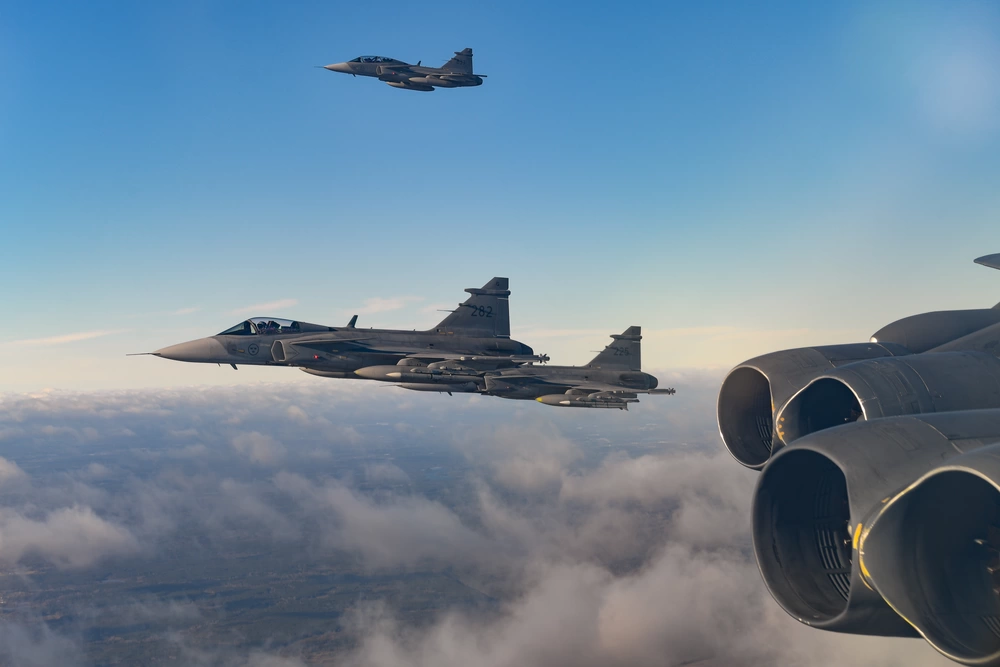
NATO will also benefit substantially from the additional military forces that Sweden and Finland have in northern Europe. Sweden’s air force fields over 90 domestically manufactured fourth generation Gripen fighters of various variants while Finland fields 62 American-built fourth generation F/A-18 Hornets (both figures include training aircraft). Finland’s Hornets are in the process of being replaced by 64 F-35As. On the ground, Sweden’s military doesn’t have much to offer as while their forces are well armed, the regular army is tiny with just under 7,000 active-duty soldiers and only 10,000 reservists. Finland is a different story. While its regular army is just 24,000 strong, the country remains committed to its Cold-War total mobilization defense concept and is able to quickly call up over 330,000 reservists for its land, air and sea forces. This is a substantial figure and would greatly bolster frontline forces on NATO’s northern flank in the event of a war with Russia.
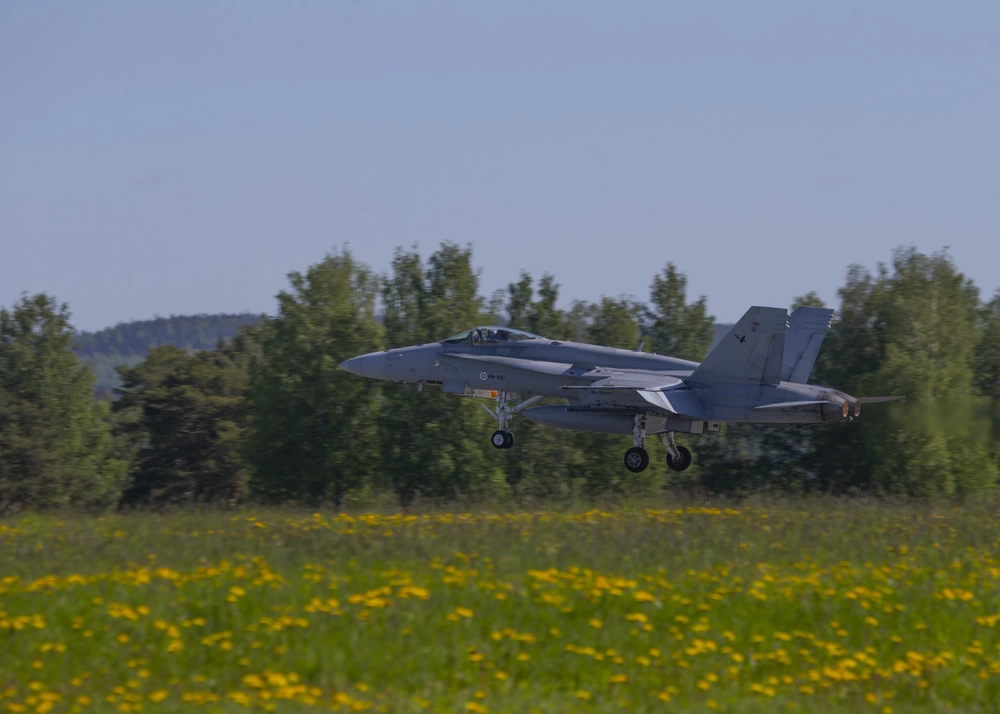
In terms of naval capabilities Finland maintains a small navy which includes a flotilla of minesweepers and eight fast attack craft. The Swedish Navy in contrast maintains a capable naval force including five diesel-electric attack submarines, a corvette flotilla and a substantial fleet of minesweepers and coastal patrol vessels.
Finally, the last major element of Sweden and Finland’s contribution comes in the form of their geographies. With the two states joining NATO, the Baltic Sea would effectively become a ‘NATO lake’. Russian submarines could no longer hope to leave their bases in the St. Petersburg area without being immediately detected by NATO. This change also greatly increases the security of the Baltic states as a Russian assault on the Suwalki gap would no longer leave Lithuania, Latvia and Estonia cut off from NATO allies. Moreover, the Finns, who have long enjoyed a strong bond with the three Baltic states, would be in an ideal position to quickly reinforce them. This geographic change would also leave the Russian enclave in Kaliningrad more isolated and would make the Russian threat to strategically placed islands in the Baltic under Finnish and Swedish control like the Aalands and Gotland practically nonexistent.
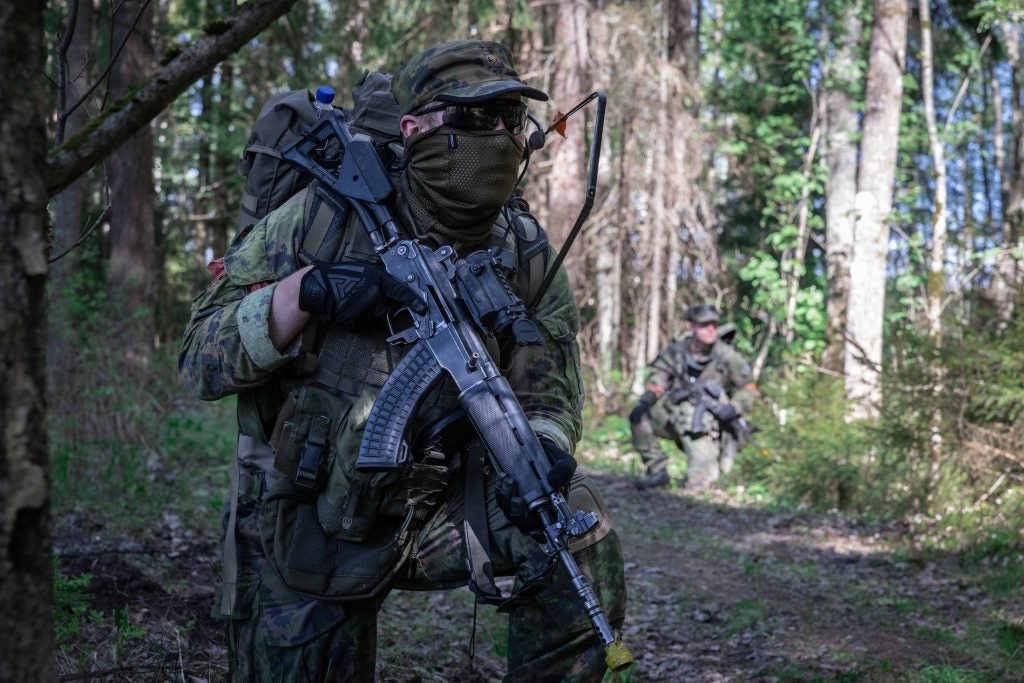
Finnish membership would also pose a risk to Russia due to the long border the two countries share. Russia’s far north is home to major strategic installations near Murmansk, but this region is sparsely populated and is linked to the rest of Russia by just one major road. In case of war, dissuading Finnish (or wider NATO) raids on this stretch of road would be a nightmare. First of all, this would further dilute Russian military strength. Second of all, stationing troops there would be a challenging logistical exercise.
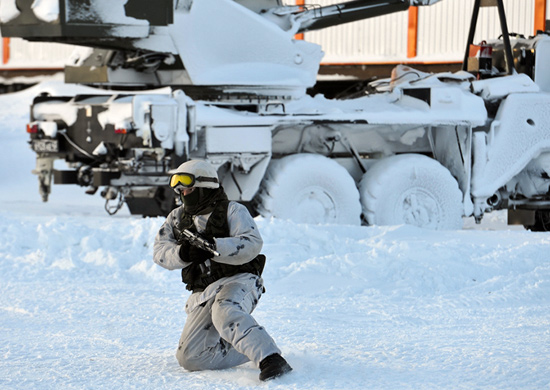
The takeaway is that Finnish and Swedish entry into NATO would be far more than a symbolic gesture as while both countries are already closely tied to NATO and Europe, their inclusion in NATO would take the military cooperation to a completely different level which guarantees their participation in a conflict against Russia. The states have powerful air assets, and in the case of Finland, very significant ground forces. Sweden would also contribute to NATO its major defense industry. Perhaps most importantly, the geographies of the states, paired with their military capabilities, would make scenarios like a Russian invasion of the Baltic states much less likely to be attempted or succeed.
The opinions expressed in this editorial are those of the author and do not necessarily reflect the opinions or views of Overt Defense

